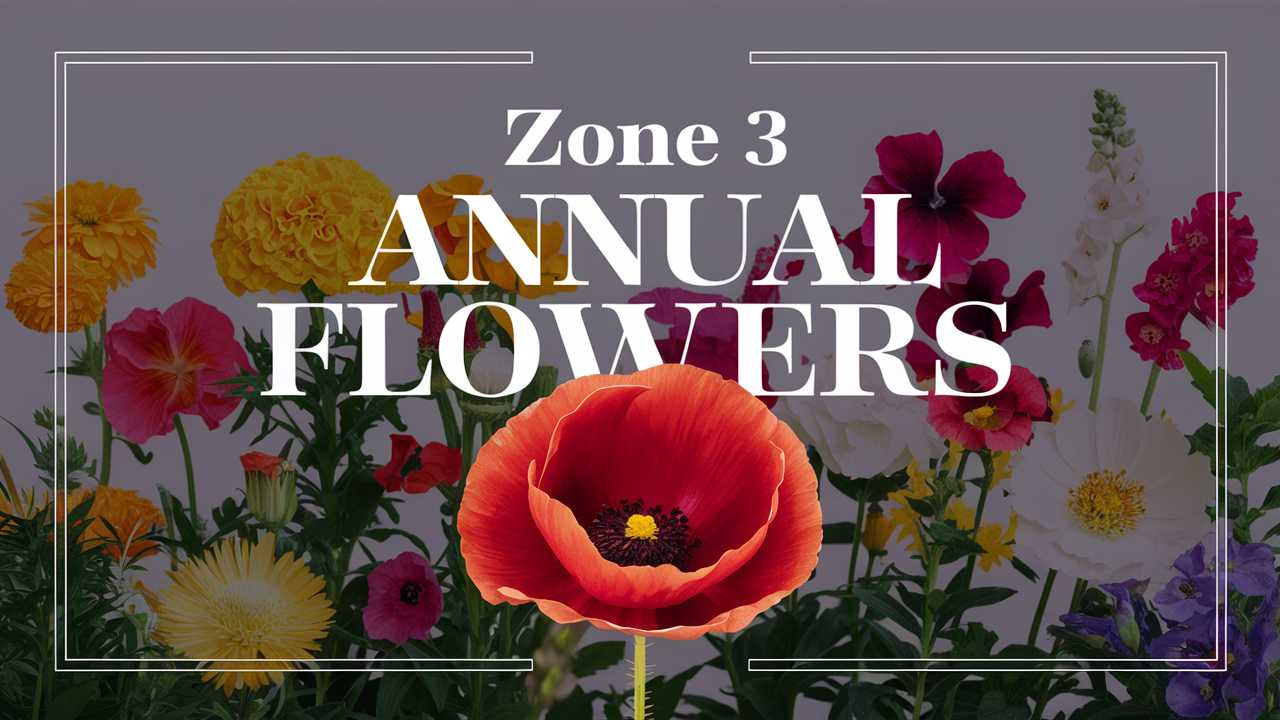This article will explore annual flowers that thrive in Zone 3, ensuring your garden is filled with color and life. These flowers not only adapt well to the temperature variations but also add charm to your outdoor spaces.
Understanding Zone 3: The Basics
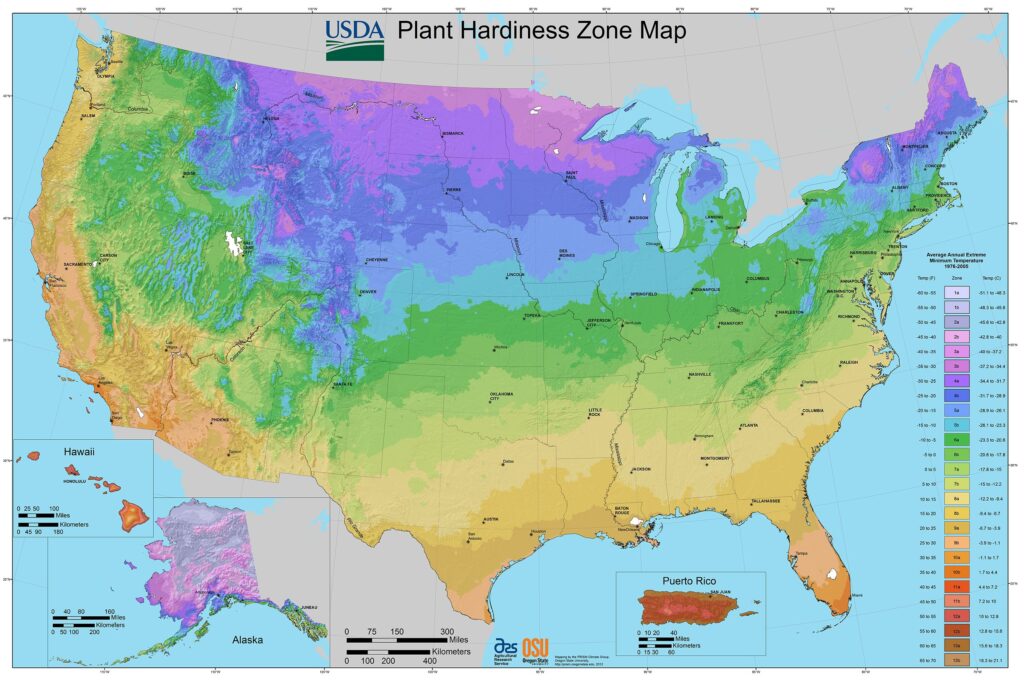
Before we dive into our list of annual flowers, it’s worth understanding what “Zone 3” actually means. The USDA Plant Hardiness Zone Map divides North America into different zones based on the average minimum winter temperatures. Zone 3 typically experiences average minimum temperatures ranging from -40°F to -30°F (-40°C to -34°C). This means that gardeners in this zone need to choose plants that are not only hardy but also capable of thriving in a short growing season, usually around 90 days.
Despite its challenges, Zone 3 is an excellent space for gardeners who enjoy the thrill of nurturing plants that can handle various conditions. By selecting the right annual flowers, your garden will remain cheerful and vibrant throughout the growing season.
Pansies
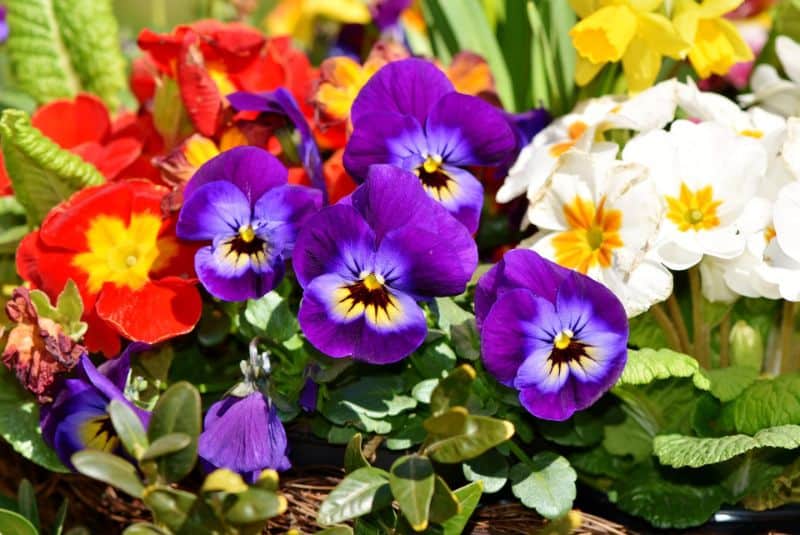
When you think of early spring blooms, pansies are often the first that come to mind. These charming flowers are renowned for their ability to flourish in cooler temperatures, making them an excellent choice for Zone 3. Pansies come in a plethora of colors, including vibrant yellows, deep purples, and soft pastels.
They are exceptionally resilient and can tolerate frost, meaning they can be one of the first flowers to grace your garden after the winter thaw. Planting pansies in early spring ensures that the garden is bright and lively while other plants are still awakening from their winter slumber. Their edible flowers also add a unique twist to salads, making them a delightful addition to both your garden and your plate.
Snapdragons
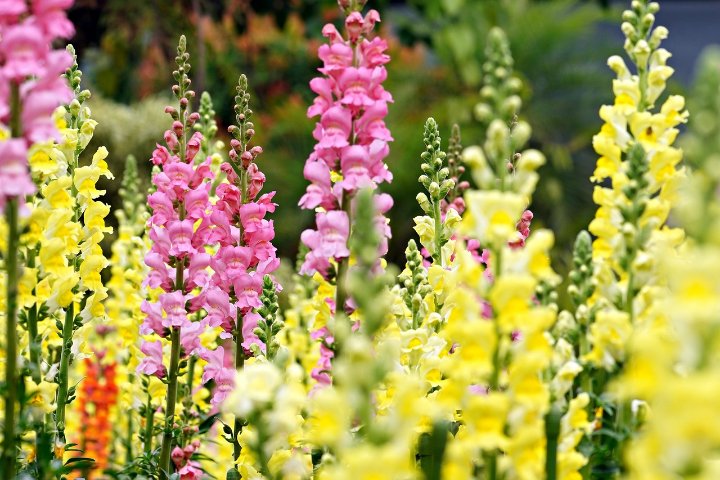
Snapdragons bring a whimsical touch to any garden, with their tall stalks and unique tubular flowers that can be squeezed to “snap” open and closed. These flowers thrive in cool weather and are perfect for planting in the early spring or even late winter in some areas. They come in various sizes, from dwarf varieties to taller ones, offering versatility in design.
Snapdragons are not only beautiful but also attract butterflies, adding motion and life to your garden. Their sturdy blooms retain their colors and shape well into the summer if kept deadheaded, ensuring a long-season presence in your garden. Plus, their fragrance is enchanting, inviting you to linger and enjoy their beauty.
Marigolds
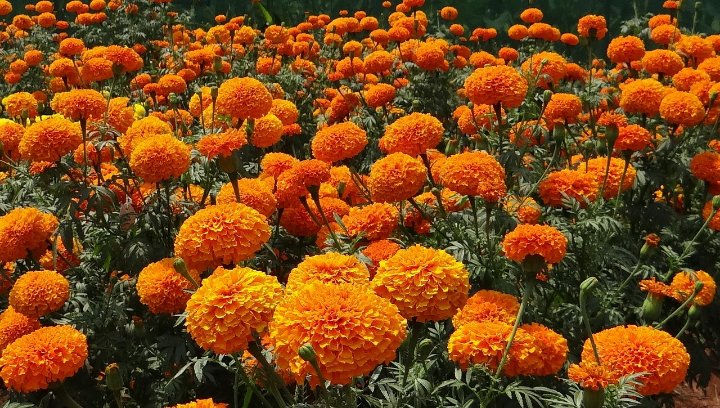
Marigolds are a staple in many gardens, and for good reasons. They are incredibly hardy, fast-growing, and known for their pest-repelling properties. In Zone 3, marigolds can be sown directly into the soil after the last frost date, and they will produce vibrant orange, yellow, and gold blooms throughout the summer.
These annuals not only add bright spots of color to garden beds but also make excellent companions to vegetables, helping to deter aphids and nematodes. Their dense foliage can help combat weeds as well. As a bonus, marigolds are low-maintenance and thrive in various soil types, making them a gardener’s best friend.
Zinnias

Zinnias are the quintessential summer flower, known for their bold colors and long-lasting blooms. They require full sun and grow beautifully in the warmer months, making them perfect for Zone 3 gardeners who want to sprinkle cheerful hues around their yards. Zinnias attract beneficial pollinators such as bees and butterflies, which are essential for any thriving garden ecosystem.
These flowers come in numerous shapes and sizes, ranging from miniatures suitable for pots to larger varieties ideal for cutting gardens. They are easy to grow from seed, making them an excellent choice for beginners. Their ability to bloom consistently from mid-summer until the first frost means you can enjoy their splendor for an extended period.
Bachelor’s Buttons
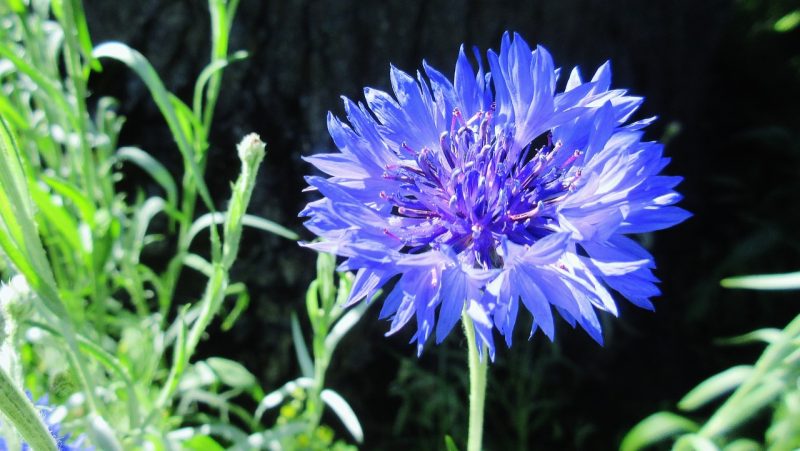
Bachelor’s buttons, also known as cornflowers, are charming annuals that add a vintage flair to gardens. Their stunning blue flowers stand out against green foliage and provide a lovely contrast in any floral arrangement. These flowers are also excellent in borders, attracting bees and butterflies to your garden.
Bachelor’s buttons are drought-tolerant and can thrive in poor soil conditions, making them a low-maintenance option for gardeners. They self-seed readily, and you may find new plants sprouting up in unexpected places the following year, bringing surprise beauty to your garden with minimal effort.
Cosmos

Cosmos are delightful annual flowers that light up gardens with their daisy-like blooms. They are available in several colors, including pink, white, and orange, and they sway gracefully in the breeze, adding movement to garden beds. Cosmos thrive in well-drained soil and full sun, making them perfect for the Zone 3 environment.
One remarkable aspect of cosmos is their ability to grow tall, often reaching heights of up to four feet. This makes them an excellent choice for the back of garden beds or as a backdrop for shorter plants. Additionally, cosmos attract pollinators and beneficial insects, making them a fantastic choice for eco-conscious gardeners.
Alyssum
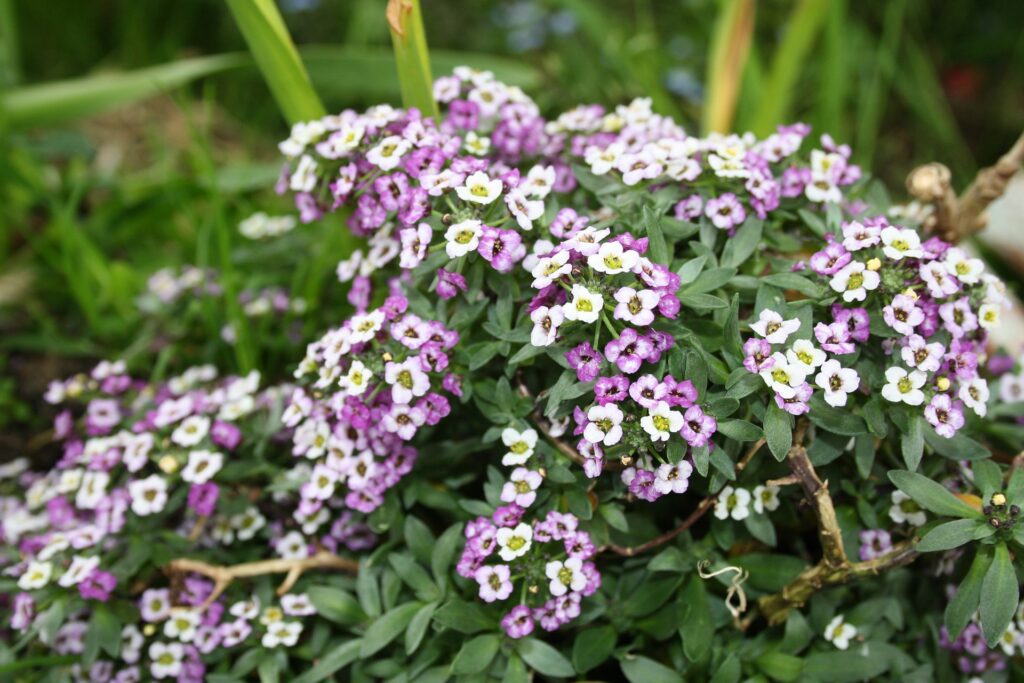
Sweet Alyssum is a charming annual flower that has a delicate fragrance that can fill a garden with sweetness. Its tiny flowers come in shades of white, purple, and pink, creating a soft, romantic aesthetic. Alyssum thrives in cooler temperatures and can be planted early in the season, making it well-suited for Zone 3.
These flowers are excellent for ground cover and can be planted in containers, hanging baskets, or as borders in garden beds. Alyssum is particularly appealing because it blooms profusely and continuously throughout the season, creating a lush carpet of blooms that attracts beneficial pollinators.
Sunflowers

Sunflowers are a joyful addition to any garden, often heralded as the symbol of summer. These towering giants are not just stunning; they are also easy to grow from seed. They thrive in full sun and can handle the fluctuating summer temperatures in Zone 3 without any issues.
Sunflowers come in a variety of heights and colors, from giant varieties that can reach over eight feet tall to more compact types perfect for smaller spaces. They are excellent for attracting bees, birds, and butterflies, creating a lively environment. Additionally, the seeds produced can be harvested for snacks later in the year, making them a practical choice for gardening enthusiasts.
Petunias
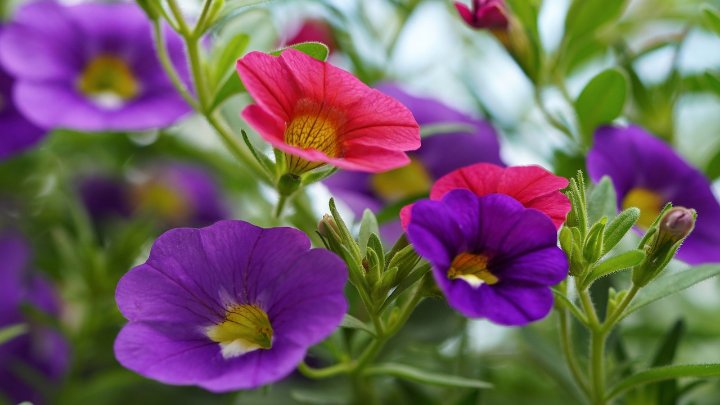
Petunias are beloved annuals that provide an explosion of color to gardens and containers alike. With their trumpet-shaped flowers in colors ranging from vibrant reds to soothing blues and whites, petunias are versatile and eye-catching. They thrive well in Zone 3 given their hardiness to cooler spring temperatures.
Petunias prefer well-drained soil and plenty of sunlight, and with regular deadheading and watering, they can recover even after a rainstorm. Their sprawling habit makes them perfect for hanging baskets and trailing over the sides of containers. The infinite variety of shades and patterns available ensures you’ll find the perfect petunia for your garden’s style.
Calendula
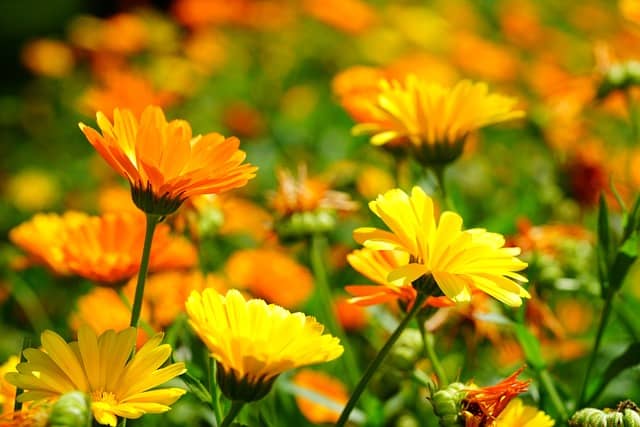
Calendula, often called pot marigold, is another stunning option for a Zone 3 annual garden. Known for their vibrant orange and yellow blooms, these flowers are not only beautiful but also boast a range of medicinal properties. They’re resilient and can endure cooler spring weather, blooming all summer long when provided with sufficient sunlight.
Calendula flowers are edible and can be used in salads or as a colorful garnish. Moreover, they are often regarded as companions for other flowers and vegetables, helping to draw in beneficial insects. With their charming blooms and wide utility, calendula is a wonderful choice for anyone looking to add both beauty and functionality to their garden.
Cleome
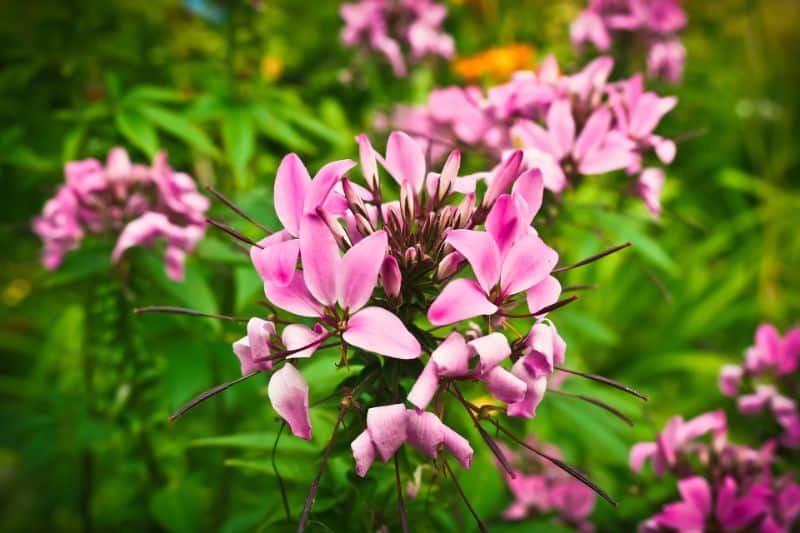
Cleome, also known as spider flower due to its long, spindly petals, adds an uncommon charm to gardens. Reaching up to five feet tall, cleome’s unique silhouette creates a striking presence. These resilient flowers can endure drought, making them an excellent choice for resourceful gardeners in Zone 3.
Cleome’s blooms come in an array of colors, including pink, white, and purple. Not only are they visually appealing, but they also attract hummingbirds and butterflies, bringing movement and life to your garden. With their height and distinct flower structure, cleome makes for an exceptional focal point in flower beds.
Scaevola

Scaevola, or fan flower, is an excellent choice for Zone 3 gardens, particularly in hanging baskets and container gardens. Originating from Australia, this plant is known for its unique fan-shaped flowers that bloom continuously throughout the summer. Scaevola is highly tolerant of heat and drought, thriving under sunny conditions.
Their sprawling habit provides excellent coverage, making them perfect for both edges and as fillers in mixed containers. The striking blue and violet hues of scaevola flowers create stunning contrasts against greens, while its appeal to pollinators makes it a win-win for any garden.
Nigella
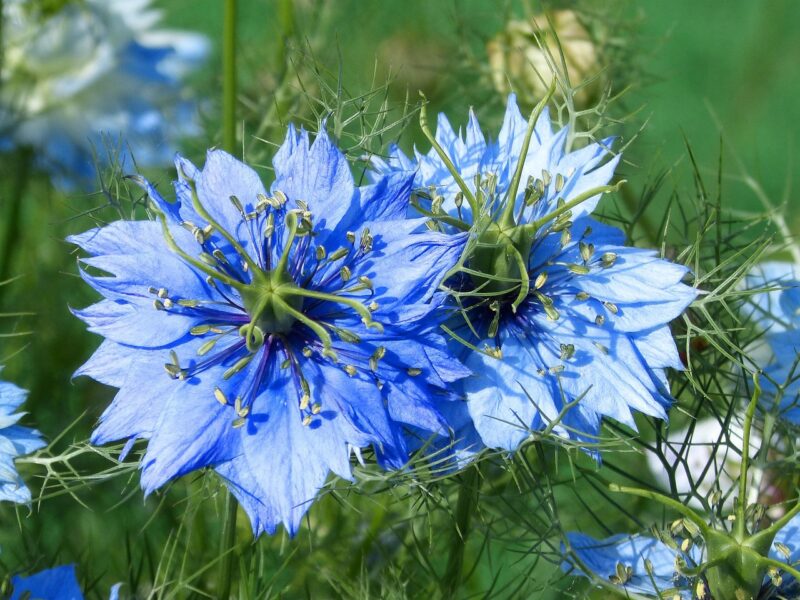
Nigella, or love-in-a-mist, offers a delightful twist to any flower garden. With its unusual, finely cut foliage and unique blooms encapsulated in a sweet, misty haze of leaves, it adds a whimsical touch to floral arrangements. Nigella flowers bloom in shades of blue, white, and pink, and they are easy to grow from seed.
Hardy to cold weather, Nigella can be sown directly into the soil in early spring. They require little maintenance and self-seed readily, giving gardeners a delightful surprise in the years to come. Along with their captivating look, Nigella’s seeds can also serve culinary purposes, providing a flavorful touch to dishes.
Conclusion: Cultivating a Vibrant Zone 3 Garden
Creating a stunning garden in Zone 3 is not just a dream; it’s an achievable reality thanks to a beautiful selection of annual flowers that thrive in cooler climates. Each of the 15 flowers highlighted here not only showcases resilience and adaptability but also brings its unique personality to your outdoor space.


